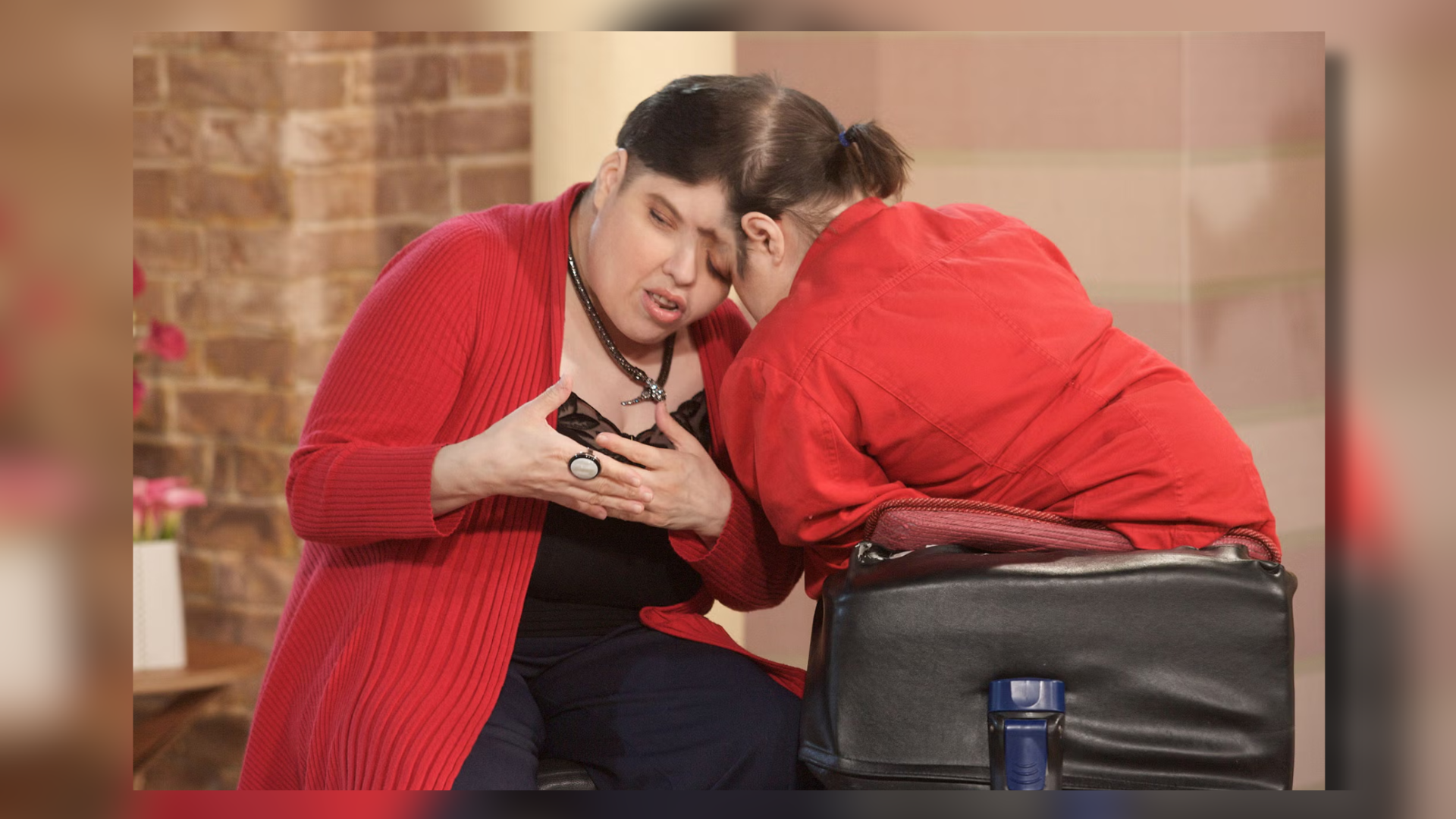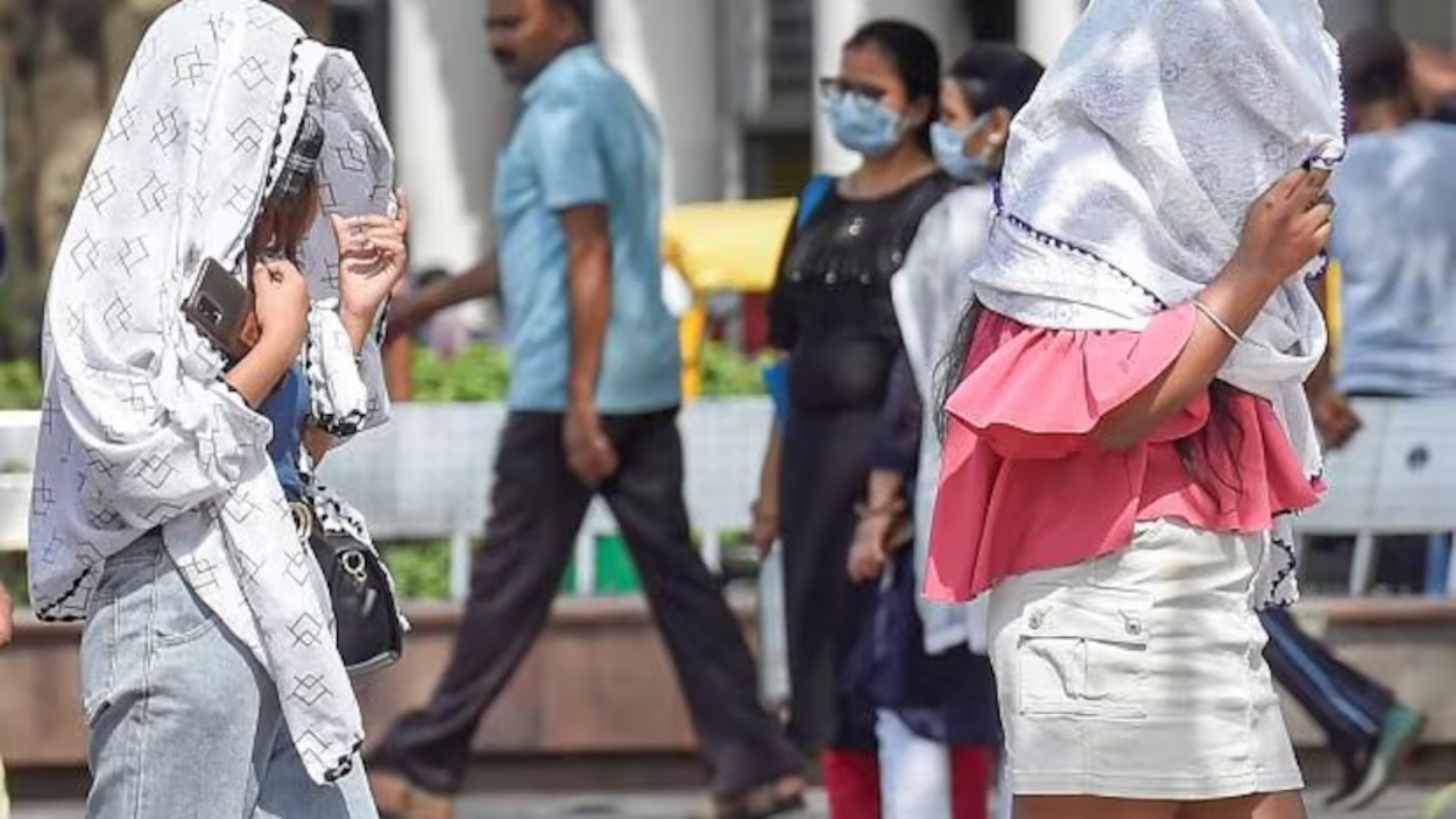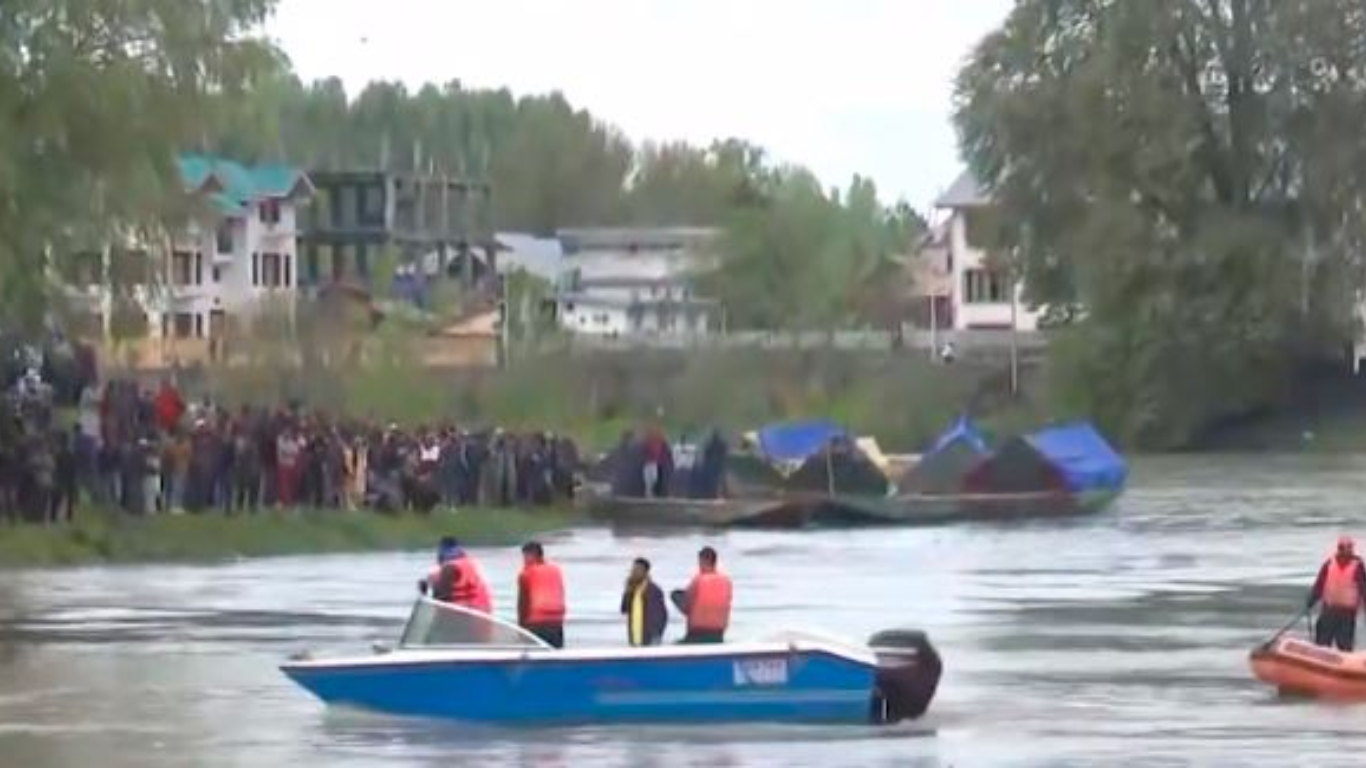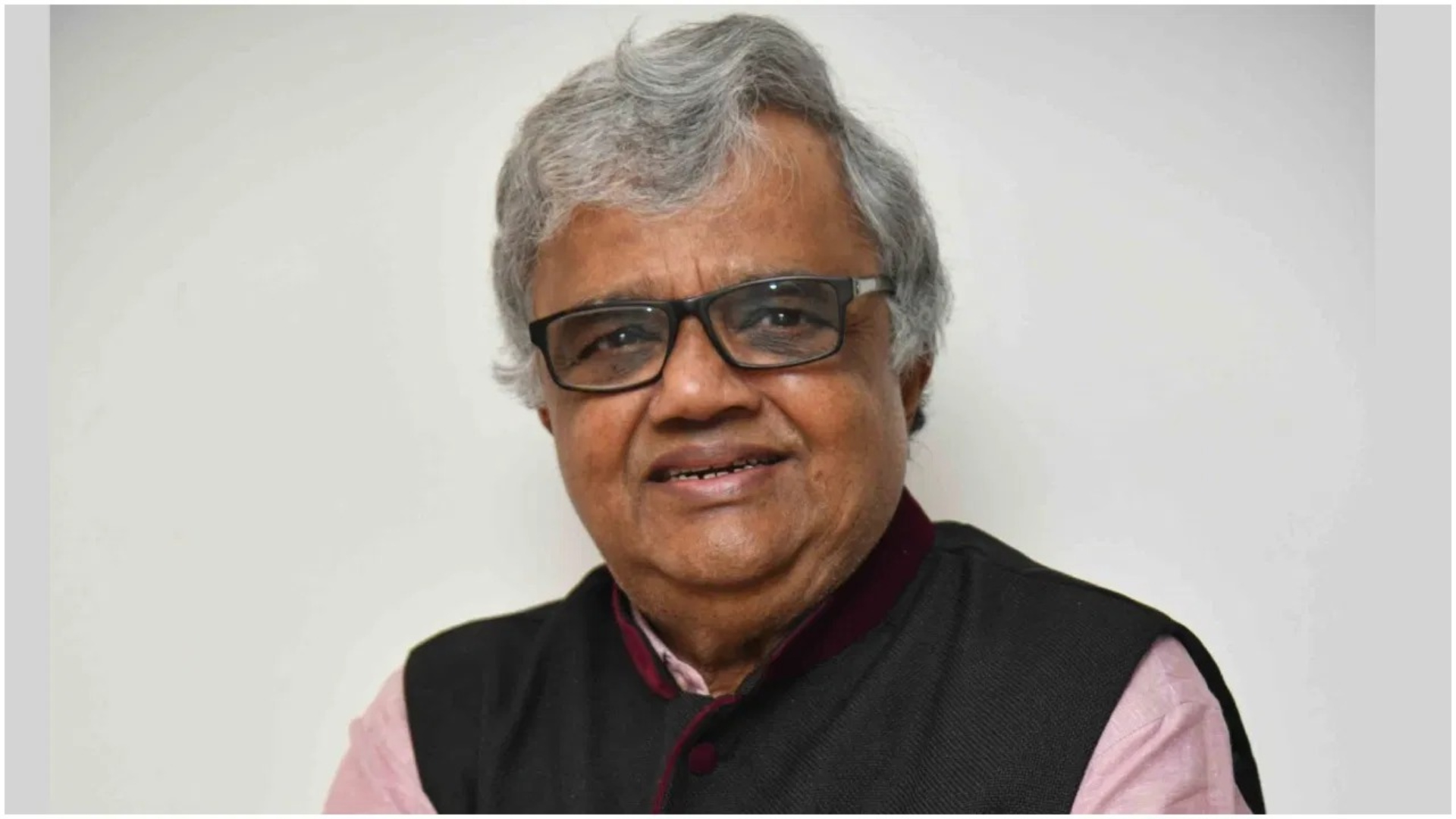










Warnings of more intense and frequent heat waves this summer are causing concern across East Asia and the Pacific region, with over 243 million children at risk of heat-related illnesses and death, according to a United Nations agency.
The United Nations Children’s Fund (Unicef) has raised alarm over the impending summer months, as record heat is expected to sweep the region. This is particularly worrying due to the high humidity levels, which make it challenging for the body to naturally cool down. Children, in particular, are less equipped to regulate their body temperature compared to adults, leaving them vulnerable to heat-related illnesses such as chronic respiratory conditions, asthma, and cardiovascular diseases.
“Children are more vulnerable than adults to the effects of climate change, and excess heat is a potentially lethal threat to them,” stated Debora Comini, director of Unicef’s regional office for East Asia and Pacific. “We must be on high alert this summer to protect children and vulnerable communities from worsening heat waves and other climate shocks.”
Unicef’s warning comes in the wake of reports indicating that March marked the 10th consecutive month of record-breaking heat. Across the northern and southern hemispheres, populations have been experiencing temperatures that exceed climate targets.
In response to concerns over extreme heat, authorities in Southeast Asia have taken action. Thailand’s Ministry of Public Health issued advisories urging people to take precautions against heatstrokes after two deaths were reported recently. In the Philippines, in-person classes were suspended in several cities across the country last week, with a shift to remote learning due to the heat. The country’s weather agency had previously warned that 2024 might be one of the warmest years on record.
Unicef recommends that parents and caregivers create cooler environments for children to play at home and schools, encouraging them to avoid prolonged outdoor exposure. Additionally, ensuring children wear breathable clothing can aid in heat regulation. The agency also advises that children displaying symptoms of heat stress should be hospitalized promptly.
Looking ahead, Unicef projects that by 2050, all two billion children worldwide will be exposed to high heat wave frequency, regardless of greenhouse gas emission scenarios.
As the region braces for a challenging summer with potentially life-threatening heat waves, vigilance and proactive measures are crucial to safeguarding the well-being of children and vulnerable communities.










